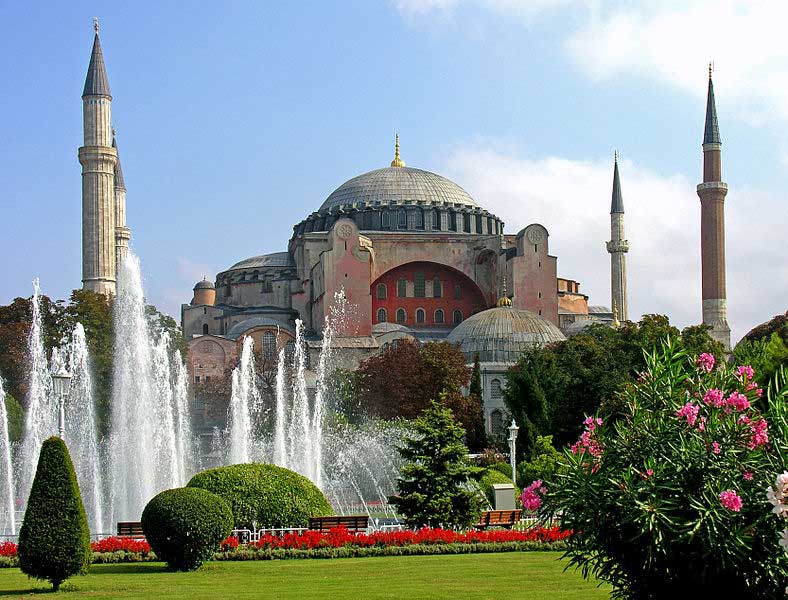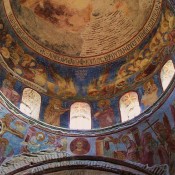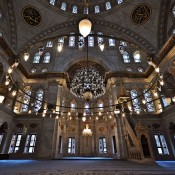The Hagia Sophia is considered the epitome of Byzantine architecture. It was built in 537 AD on the orders of Byzantine Emperor Justinian. It was used as a church for 916 years but, following the conquest of Istanbul by Fatih Sultan Mehmed, the Hagia Sophia was converted into a mosque. The bells, altar, iconostasis, and other relics were destroyed and the mosaics depicting Jesus, Mother Mary, Christian saints, and angels were removed or plastered over. Islamic features—such as the mihrab, minbar (pulpit), and four minarets—were added.
Afterwards, it was used as a mosque for 482 years. Under the order of Atatürk and the decision of the Council of Ministers, Hagia Sophia was converted into a museum in 1935.
In recent years, thousands of Muslims have prayed outside the Hagia Sophia to demand it be reopened as a mosque. Also, the Association of Historical Monuments and Environment submitted a bid to the Turkish courts to convert the historic monument back into a site for religious worship. In its plea, the organisation had claimed that barring prayers at the Hagia Sophia was breaching the right to “freedom of expression”.
The Constitutional Court, Turkey’s highest court, rejected the bid, saying that there was no “violation of religious freedoms” by the association.





